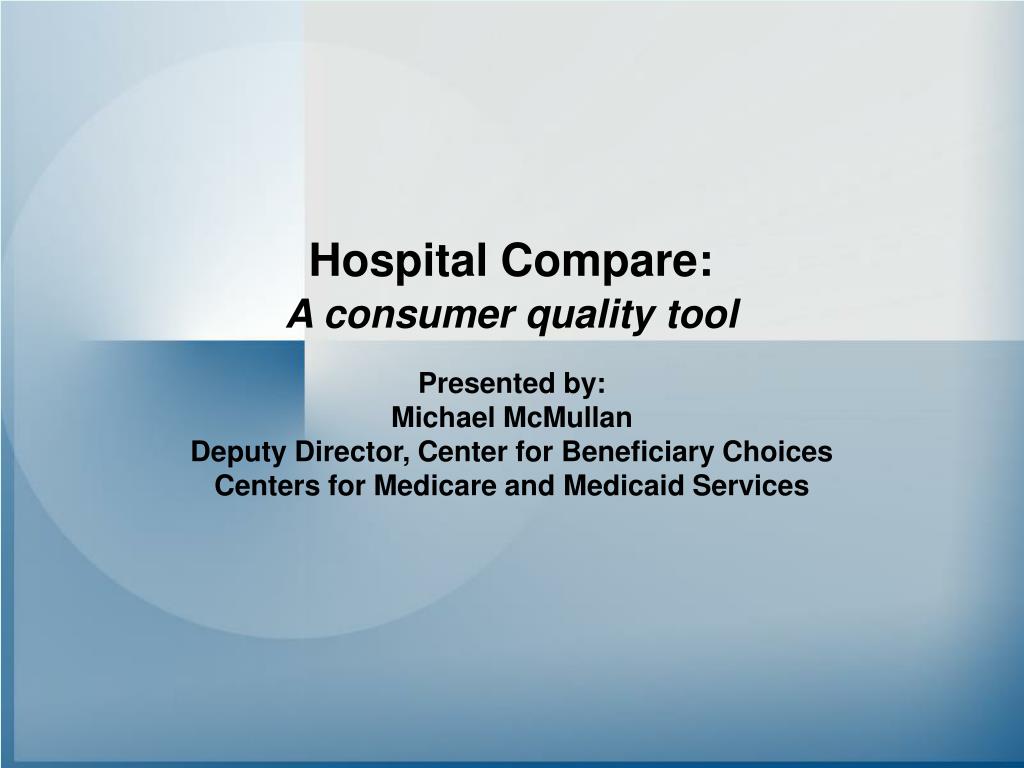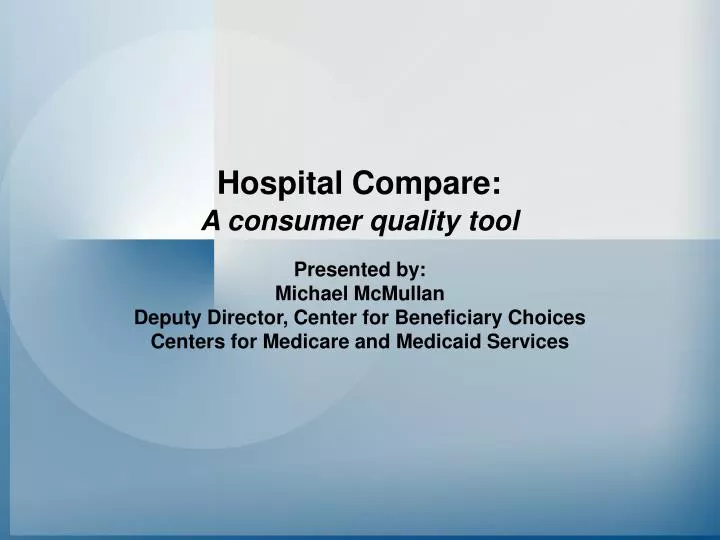

Use of managed care varies widely by states, both in the arrangements used and the populations served. In addition managed care programs may provide an opportunity for improved care management and care coordination. Compared with FFS, managed care can allow for greater accountability for outcomes and can better support systematic efforts to measure, report, and monitor performance, access, and quality. Managed care provides states with some control and predictability over future costs. States have incorporated managed care into their Medicaid programs for a number of reasons. In 2019, 83 percent of all Medicaid beneficiaries were enrolled in some form of managed care ( CMS 2021). MACPAC has not undertaken a similar analysis for nursing facility payments. Overall, Medicaid payment is comparable or higher than Medicare once supplemental payments and provider contributions are taken into account.

MACPAC constructed a state-level payment index to compare states’ Medicaid FFS inpatient hospital payments both to other states and to Medicare. It is more difficult to compare Medicaid FFS payments to hospitals and nursing facilities due to the variation in how states pay these providers. (For an in-depth discussion of this issue, see Chapter 2 of MACPAC’s June 2013 report.) On average, Medicaid FFS physician payment rates are two-thirds of the rates Medicare pays, although this varies greatly by state and service. While other factors, such as administrative burden, are also known to affect physician participation, research has consistently shown an association between low payment rates (relative to other payers) and lower levels of physician participation. Medicaid FFS payment rates for physician services are often much lower than those paid by other payers, raising concerns that low fees affect physician participation in Medicaid, and thus access to care ( Decker 2012, Cunningham and May 2006). MACPAC has documented state-specific fee-for-service payment methods for a number of services. Section 1902(a)(30)(A) of the Social Security Act requires that such payments be consistent with efficiency, economy, and quality of care, and are sufficient to provide access equivalent to the general population. In general, states set provider payments under fee for service.

In addition, coverage of certain high-cost services (e.g., nursing home and other long-term services and supports) may be excluded from managed care contracts, although such arrangements are growing in number. The enrollment of high-cost populations, such as people with disabilities, in managed care has been more limited than for lower-cost populations. The majority of Medicaid enrollees, largely non-disabled children and adults under age 65, are in managed care plans, but just over half of Medicaid benefit spending is in managed care. In turn, the plan pays providers for all of the Medicaid services a beneficiary may require that are included in the plan’s contract with the state. Under managed care, the state pays a fee to a managed care plan for each person enrolled in the plan. Under the FFS model, the state pays providers directly for each covered service received by a Medicaid beneficiary. States may offer Medicaid benefits on a fee-for-service (FFS) basis, through managed care plans, or both.


 0 kommentar(er)
0 kommentar(er)
